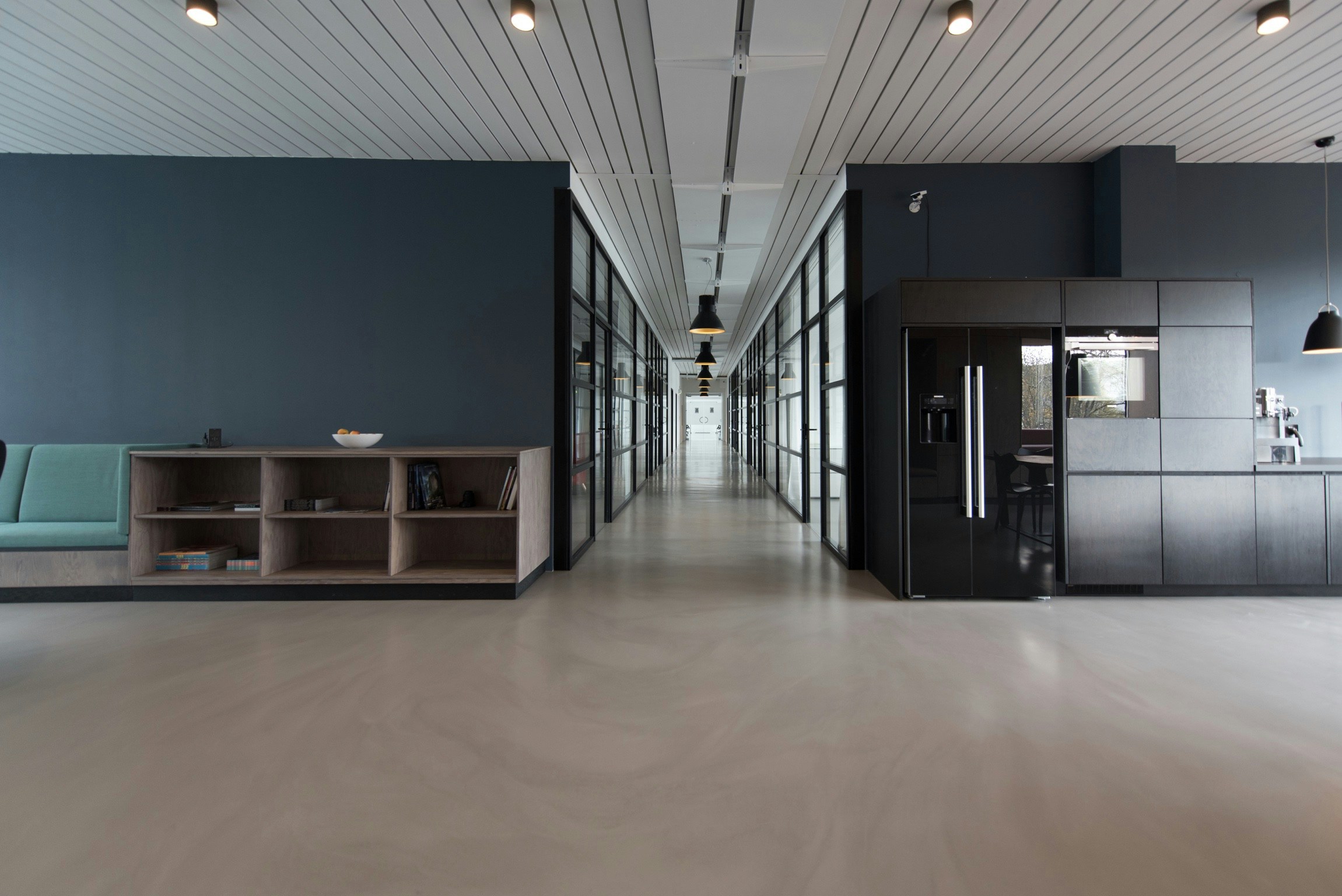Versatility and Importance of Storage Cabinets
In today’s fast-paced world, the need for organized spaces has never been more crucial. Storage cabinets play a pivotal role in maintaining order and efficiency in both residential and commercial settings. These versatile pieces of furniture not only help in decluttering spaces but also add an element of style and sophistication. Whether it’s a home office, kitchen, or garage, storage cabinets are indispensable for keeping things in place and easily accessible.

What are storage cabinets and why are they important?
Storage cabinets are enclosed furniture units designed to store various items, providing organization and protection. They are important because they help maximize space utilization, reduce clutter, and improve overall efficiency in homes and workplaces. By keeping items organized and out of sight, storage cabinets contribute to a cleaner, more productive environment.
What are the different types of storage cabinets available?
There are numerous types of storage cabinets designed for specific purposes:
-
Kitchen cabinets: For storing cookware, dishes, and food items
-
Office cabinets: For organizing documents, supplies, and equipment
-
Garage cabinets: For storing tools, automotive supplies, and seasonal items
-
Wardrobe cabinets: For hanging clothes and storing accessories
-
Bathroom cabinets: For keeping toiletries and hygiene products
-
Media cabinets: For housing entertainment systems and media collections
Each type is tailored to meet specific storage needs and can be customized to fit various spaces and aesthetics.
How do storage cabinets benefit residential spaces?
In residential settings, storage cabinets offer numerous benefits:
-
Space optimization: They help maximize available space, especially in smaller homes
-
Organization: Cabinets provide dedicated spaces for different items, making it easier to find what you need
-
Aesthetic appeal: Well-designed cabinets can enhance the overall look of a room
-
Protection: They shield items from dust, moisture, and damage
-
Increased property value: Quality built-in cabinets can add value to a home
By incorporating storage cabinets, homeowners can create a more organized and visually appealing living space.
How do storage cabinets enhance workplace efficiency?
In commercial environments, storage cabinets play a crucial role in improving workplace efficiency:
-
Document management: Filing cabinets help organize and protect important papers
-
Supply organization: Cabinets keep office supplies readily accessible and neatly stored
-
Reduced clutter: A clutter-free workspace promotes better focus and productivity
-
Confidentiality: Lockable cabinets ensure sensitive information remains secure
-
Professional appearance: Well-maintained storage solutions contribute to a polished office image
By implementing effective storage solutions, businesses can create a more organized and productive work environment.
What are some innovative storage cabinet designs and features?
In the United States, storage cabinet design has evolved to meet changing needs and preferences. Some innovative features include:
-
Modular systems: Customizable units that can be reconfigured as needs change
-
Smart cabinets: Integrated technology for inventory tracking and access control
-
Hidden compartments: Clever designs that maximize space utilization
-
Eco-friendly materials: Sustainable options like bamboo and recycled materials
-
Multi-functional designs: Cabinets that serve dual purposes, such as room dividers or workstations
These advancements in cabinet design offer more versatility and functionality than ever before.
How do you choose the right storage cabinet for your needs?
Selecting the appropriate storage cabinet depends on several factors:
-
Purpose: Determine the primary use of the cabinet (e.g., kitchen storage, office organization)
-
Available space: Measure the area where the cabinet will be placed
-
Storage capacity: Consider the volume and types of items to be stored
-
Material and durability: Choose materials that suit the environment and intended use
-
Style and aesthetics: Select a design that complements your existing décor
-
Budget: Balance quality and features with your financial constraints
| Cabinet Type | Best For | Average Cost Range |
|---|---|---|
| Kitchen Cabinets | Food and cookware storage | $100 - $1,000+ per linear foot |
| Office Filing Cabinets | Document organization | $50 - $500+ per unit |
| Garage Storage Systems | Tool and equipment storage | $200 - $2,000+ per system |
| Wardrobe Cabinets | Clothing and accessory storage | $150 - $1,500+ per unit |
| Bathroom Vanities | Toiletry and linen storage | $200 - $2,000+ per unit |
Prices, rates, or cost estimates mentioned in this article are based on the latest available information but may change over time. Independent research is advised before making financial decisions.
By carefully considering these factors and exploring various options, you can find the perfect storage cabinet to meet your organizational needs and enhance your space’s functionality.
In conclusion, storage cabinets are versatile and essential components of both residential and commercial spaces. They offer numerous benefits, from improved organization and space utilization to enhanced aesthetics and efficiency. With a wide range of types, designs, and features available, storage cabinets continue to evolve to meet the changing needs of modern living and working environments.




